
I enjoy the search for creative ways to build beneficial tools that will improve people’s experience of technology. I believe in the social potential of medical progress and cultivate a special interest in genetics and synthetic biology.
My personal projects question the role design should play in engaging with and communicating scientific breakthroughs. They aim to bring people into discussions about the social challenges that will arise in the future.
1. PoxTeddy
A medical device that exposes children to Chickenpox


This project questions the use of biotechnology to create new products for medical purposes.
PoxTeddy is a medical product designed for parents to control the transmission of the Varicella virus (chickenpox). It contains a engineered version of the virus which is specifically designed for children.
2. Minutine Space
A space in which illnesses become entertaining

In this project, the use of nanomedicine has been pushed to the extreme. In this utopian world, all illnesses have been eradicated by the progress in medical diagnostic and treatment, we can foresee a radical transformation in human suffering into a banalised vision of wellbeing.
In this world, a sickness does not hold the same connotations. The pain that affects the sick patient and their relatives does not exist anymore. It has been replaced by a recreational approach to illnesses. People visit places seeking to get infected by engineered organisms designed to provoke the physical and psychological reactions associated with illnesses.
The Minutine space is designed to emphasise the social aspect of sicknesses. It is composed of a viral area where the viruses are contracted, facilities to rest and feel the effects in relative comfort and a ‘central sick pit’ for people who feel nauseous. When leaving, visitors go through the ‘Minutine’ area where all harmful organisms are cleared.
3. Pathogen Hunter
A system that monitors the risks of infectious organisms
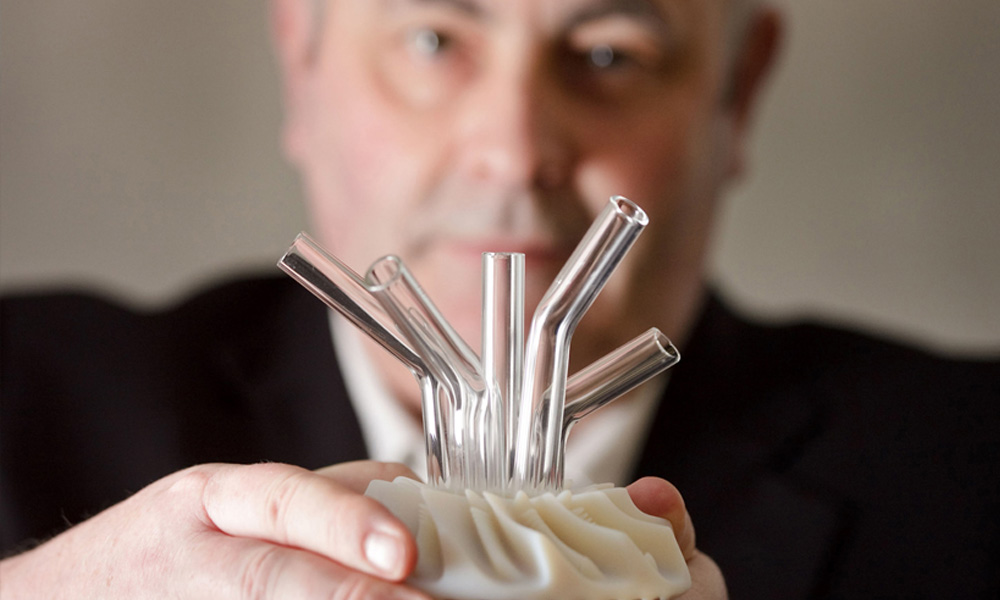
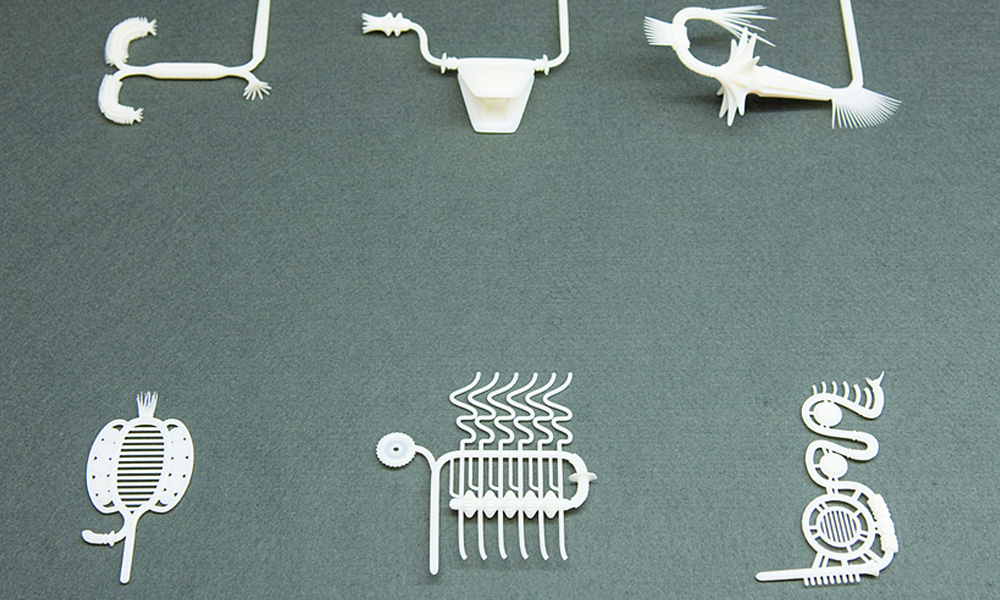
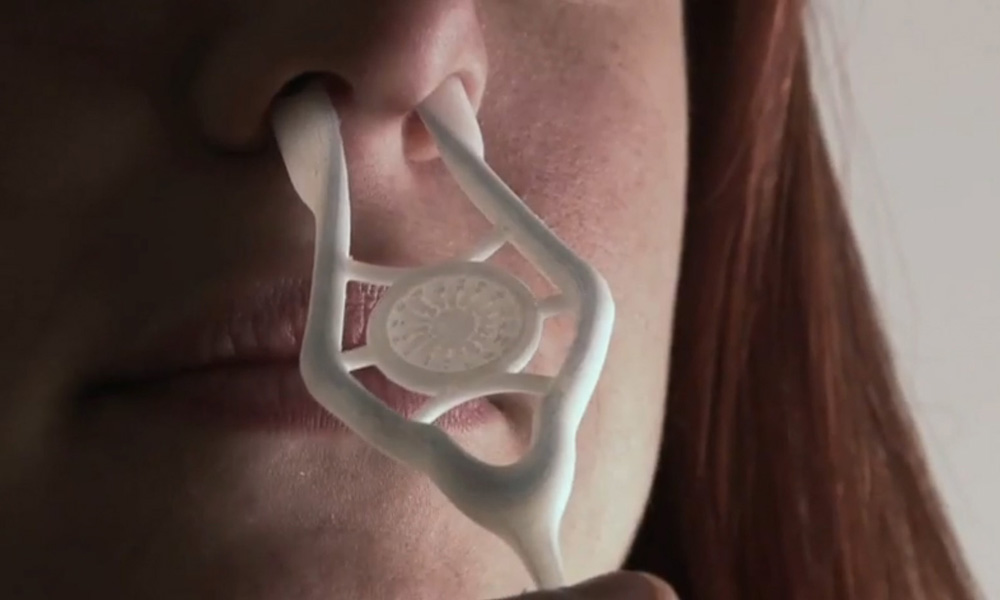
These organisms perform some of the most important roles in maintaining life on this planet. And yet, changes in that balance cause viruses and bacteria to be responsible for some of the deadliest diseases.
The technological improvements on the detection of infectious organisms are opening doors to future disease surveillance schemes designed to monitor and forecast potential epidemics, therefore keeping low levels of infection among the population.
We wondered if these tools would contribute to global well being or excessive paranoia?
Are we promoting a health-educated society or conceiving geographical Hypochondria?
Rather than focusing on the impact of such technologies at the epicentre of healthcare, we were exploring the consequences of the shockwaves, therefore expanding the project to a wider spectrum. Rapid detection of infectious organisms will change individuals and society’s perceptions of health. We are interested in exploring the richness of behaviours and etiquette that will emerge from the collision of multi disciplinary perspectives.
The design proposal is based around the societal and clinical need for better monitoring systems and therefore improved screening and rapid diagnostic of infections. The newly discovered pathogens are assigned a risk value according to location, mortality rates and contagiousness. Perilous areas will then be made available to public through governmental bulletins. Forecasts, based on Pathogen Hunter’s observations, will constantly inform the public with projections about potential threats.
From the research perspective: The collaboration has given the AptaMEMS-ID project consortium the opportunity to disseminate cutting edge research concepts in microbiology and engineering to the wider publics in a format that is very different from the usual academic routes. This collaboration was providing both parties with new and complex challenges, well outside of our traditional comfort zone. This multi-disciplinary collaboration was decisive in allowing new ideas to be exchanged.
Designers: Susana Soares, Mikael Metthey
Scientists: Prof Calum McNeil, Newcastle University, Prof Colin Harwood, Newcastle University
4. Vaccination Playgrounds
Spaces to make school vaccinations more playful


By looking into children’s apprehension of needles, I am searching for playful ways to approach the process of vaccination and seeking alternative ways to safely immunise children.
Most people have vivid memories of compulsory vaccination at school. In some cases, this experience has left traumatic memories for the more sensitive ones. It can be argued that the reason for these unpleasant memories might have something to do with a lack of delicacy from enigmatic school nurses. But today, technological improvements have allowed scientist to build needles only a few nanometres long. This technique allows for painless injections with extreme precision of delivery.
With careful monitoring and supervision, I believe this could be an opportunity to change the distressing process of compulsory vaccination by proposing an event organised by schools. The children whose parents agree to vaccination are welcome to use a specially conceived playground to build up their immunity. All the installations of the playground deliver engineered vaccines through nano-needles.
If successful, the playful experience of vaccination might succeed in bringing health and recreation closer together.
5. Microbes and Castles
A device to detect dangerous bacteria in the sand.
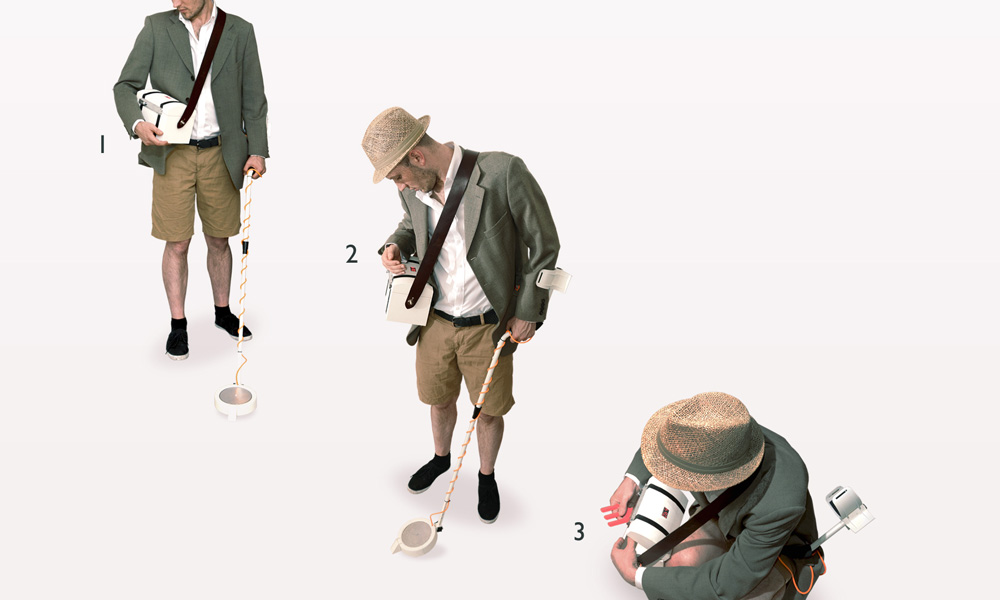
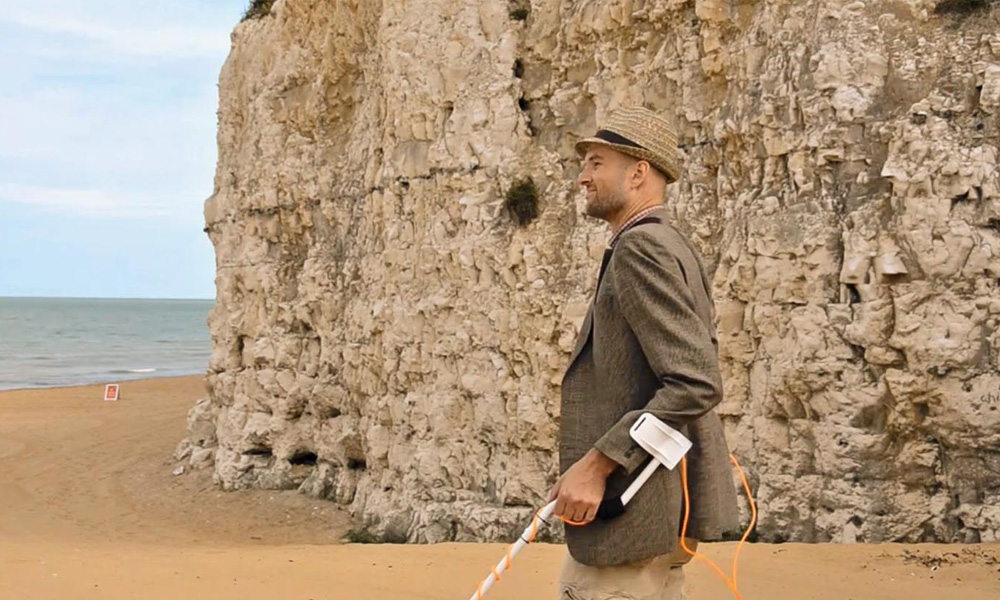

It has been established that there are approximately 10 times more bacterial cells in the human body than there are human cells.
Most parents are sensitive about their children's health and will take strong measures to ensure their immune system that can cope with infections. Where some seek to restrict exposure, others deliberately facilitate the interaction of the child with dirt and filth.
These two extremes create a wide field of debate about the ethics of exposure. As sensor technologies become more portable and affordable, it may one day become compulsory to monitor your child's health in real-time.
As a response to this problem, we designed a playful bacteria detector.
The device pinpoints the safest environment for kids to play on the beach. It gathers information about the type of bacteria present in the sand and quantifies risk (which is displayed as a percentage, 0%: no risk, 100%: danger). We decided to add a layer of delight and anticipation to the experience by placing the kids' toys inside the box displaying the percentages. When a safe spot is detected, the box unlocks to give children access to their toys.
Taking inspiration from pathogen detection research conducted at the University of Newcastle (UK) and the behaviour of metal detector enthusiasts, we created a new dimension to the expression "finding the right spot".
This project was created for the Design Exquis exhibition for the London Design Week and is the result of the first collaboration between the Metthey brothers (Mikael & Milan Metthey).
Exhibitions
• PoxTeddy @ Bunny Smash, Museum of Contemporary Art Tokyo, 2013
• The Pathogen Hunter & Microbes and Castles @ Designersblock, London 2013
• Microbes and Castles @ Design Exquis, London Design Festival, 2012
• The Pathogen Hunter @ See Yourself Sensing WORK Gallery, London 2011
• The Minutine Space @ Niet Normaal, Beurs van Berlage, Amsterdam 2009
• PoxTeddy & The Minutine Space @ Design and the Elastic Mind, MoMA, New York 2008